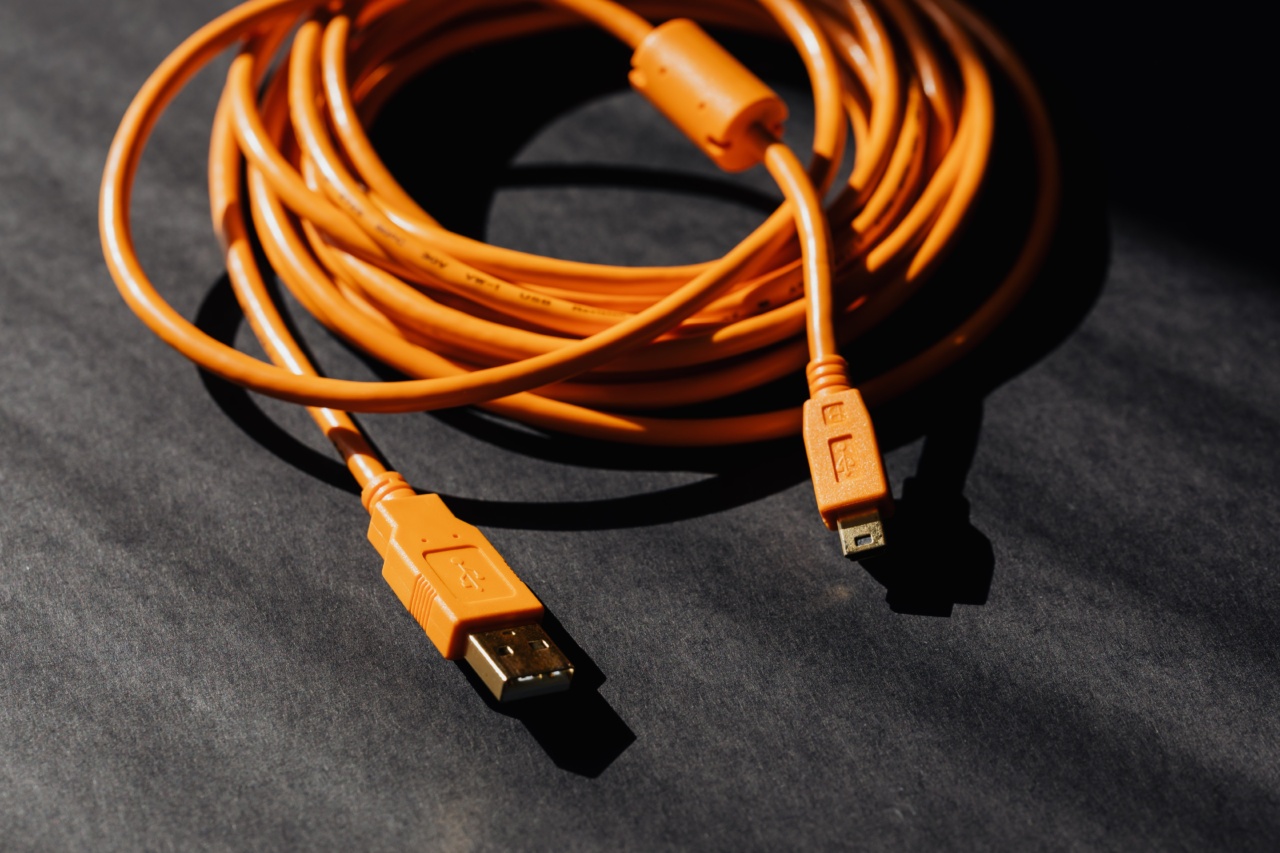In today’s digital age, mobile devices have become an integral part of our lives. From smartphones to tablets, these devices provide convenience and connectivity like never before.
However, the increased use of mobile devices has also led to various health concerns, one of which is neck strain.
What is Neck Strain?
Neck strain, also known as text neck or tech neck, is a condition that occurs due to the prolonged and incorrect positioning of the neck while using mobile devices.
When we use our mobile devices, we often bend our necks downwards to look at the screens, which puts excessive strain on the neck muscles and ligaments.
Symptoms of Neck Strain
Neck strain can result in several uncomfortable symptoms, including:.
- Neck pain or stiffness
- Shoulder pain
- Headaches
- Upper back pain
- Numbness or tingling in the arms or fingers
The Link Between Mobile Devices and Neck Strain
The link between mobile devices and neck strain is primarily attributed to the prolonged and repetitive use of these devices.
When we spend hours scrolling through social media feeds, texting, or watching videos on our mobile devices, we often do so in a hunched position. This position can result in increased pressure on the cervical spine and surrounding muscles.
Understanding the Mechanics
When we tilt our heads forward to look at our mobile device screens, we increase the load on our neck muscles.
The average human head weighs around 10-12 pounds, but the amount of force on the neck can increase dramatically depending on the angle of flexion. Research suggests that for every inch that the head is tilted forward, an additional 10 pounds of force is placed on the neck.
The Prevalence of Mobile Device Usage
The prevalence of mobile device usage is staggering. According to a survey conducted by Pew Research Center, 81% of Americans own a smartphone, and 96% of young adults aged 18-29 own a smartphone.
Additionally, the average American spends more than 5 hours per day on their mobile devices.
Preventing Neck Strain
While it may be challenging to completely avoid mobile device usage, there are several steps you can take to prevent or reduce the risk of neck strain:.
- Maintain a good posture while using your mobile device. Hold the device at eye level to reduce strain on the neck.
- Take regular breaks. Make a conscious effort to take breaks from your mobile device and stretch your neck and shoulder muscles.
- Use voice commands or dictation features instead of typing to reduce the time spent in a hunched position.
- Adjust the font size and screen brightness to ensure optimal visibility, which can reduce the need to bend your neck.
- Consider using a stand or holder for your mobile device to keep it at eye level and reduce strain on the neck.
- Incorporate neck strengthening exercises into your fitness routine to improve the muscle strength and flexibility of your neck.
Treatment for Neck Strain
If you are already experiencing symptoms of neck strain, it is essential to seek proper treatment. Some common treatment options include:.
- Over-the-counter pain relievers to alleviate pain and inflammation.
- Physical therapy to strengthen the neck muscles and improve flexibility.
- Applying ice or heat to the affected area to reduce pain and muscle spasms.
- Posture correction exercises to help improve your sitting and standing posture.
The Future of Mobile Devices and Neck Strain
As technology continues to evolve, it is crucial for mobile device manufacturers to consider the ergonomic impact of their designs.
The integration of features that promote better neck and overall posture, such as adjustable screens and voice-controlled interfaces, could help reduce the risk of neck strain associated with mobile device usage.
Conclusion
The widespread use of mobile devices has undoubtedly improved our connectivity and access to information. However, it is essential to be mindful of the potential health risks associated with excessive usage.
By adopting proper ergonomic practices and taking necessary breaks, we can reduce the likelihood of experiencing neck strain. Remember, maintaining a healthy balance between technology usage and our well-being is key.





























